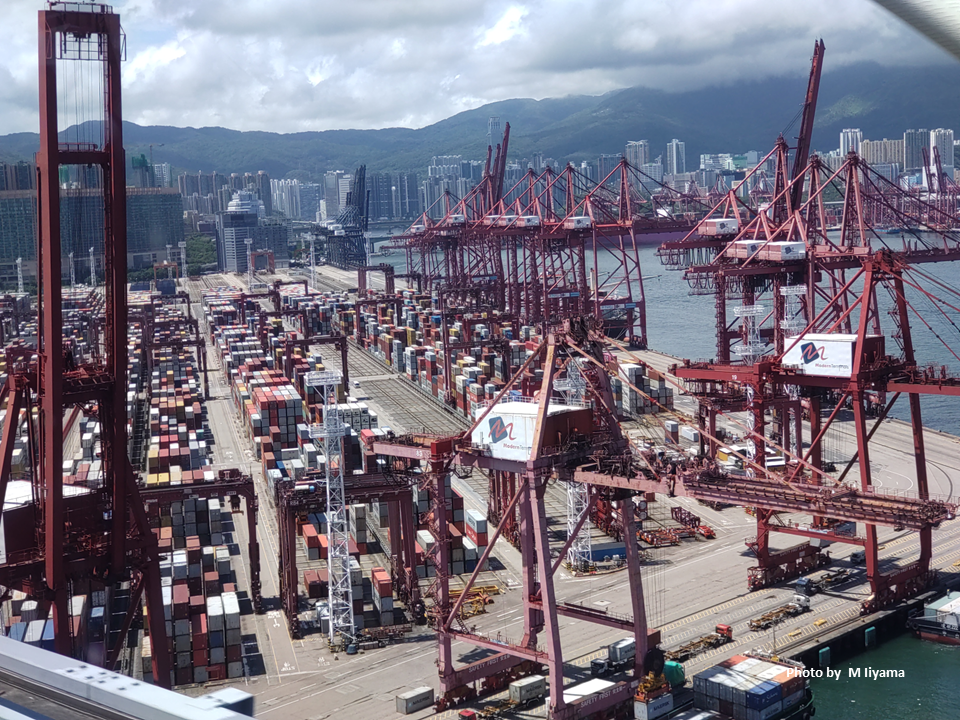Pick Up
1250. Trade Tensions: Ensuring Food Security in Uncertain Times

1250. Trade Tensions: Ensuring Food Security in Uncertain Times
Recently, trade friction has intensified, bringing new uncertainties to producers, traders, and consumers. Here is an article from the Agricultural Market Information System (AMIS), which contributes to maintaining and strengthening transparency in global markets and supports efforts to find solutions through dialogue.
Trade tensions can impact markets and threaten food security. AMIS agricultural products have not been spared from the recent trade tensions. Wheat, corn, soybeans, biofuels, and fertilizers have been affected by newly announced tariffs and retaliatory measures. Some AMIS member countries have announced or are considering additional measures.
As of late March, agricultural markets remain relatively well-supplied, so recent policy developments have not translated into sharp price movements in global markets thus far. However, this could change dramatically if broader restrictions on AMIS goods and other food and agricultural products affect trade. If governments increase taxes on food imports, prices will rise and many consumers will be unable to purchase the food they need.
According to the latest statistics from five UN agencies, about 733 million people (about 1 in 11 people) faced hunger in the world in 2023. The number of hungry people increased sharply in early 2022 after the food price hike following Russia's invasion of Ukraine, but the increase was later mitigated by the resumption of trade from the Black Sea region and by importing countries sourcing supplies from other regions.
When functioning properly, world food markets enable farmers to purchase the feed, fuel, and fertilizer they need and ensure that consumers maintain access to safe, sufficient, and nutritious food. They have also helped countries weather other recent crises. Agricultural trade has been relatively resilient during the COVID-19 pandemic. And over the past decades, world markets have helped producers meet the growing demand for food and agricultural products around the world. Food and agricultural trade volume increased fivefold between 2000 and 2022 as populations grew and average incomes rose.
Gradual reductions in tariffs have played a key role in helping producers meet this increased demand. In 2005, the average applied tariff on agricultural products was 13% (including trade preferences agreed upon by countries through bilateral or regional agreements), falling to 5.8% in 2022. Agricultural trade today relies heavily on the predictability and stability of rules agreed upon by national governments. There are some fundamental principles that are particularly important: (i) countries should not arbitrarily discriminate between products from different countries; (ii) tariffs on certain products should not exceed the ceilings that countries have agreed to abide by in the World Trade Organization (WTO); and (iii) when disagreements over trade arise, countries can and should use the dispute settlement procedures that exist to ease tensions and smooth the path to resolution.
Agricultural and commodity crop organizations have been among the first to voice their support for a swift resolution of the recent tensions. The dialogue between leaders also shows that trade barriers can be avoided by working together to find mutually agreeable solutions to the challenges countries face.
Better-functioning markets have a significant role to play in solving the significant food security challenges facing many parts of the world today. By working together, AMIS member countries can help ensure the continued smooth trade of grains, oilseeds, and agricultural inputs such as fertilizers. AMIS supports countries' efforts to improve transparency and helps share information on ongoing developments in markets, policies, and regulatory frameworks.
Contributor: IIYAMA Miyuki, Information Program
